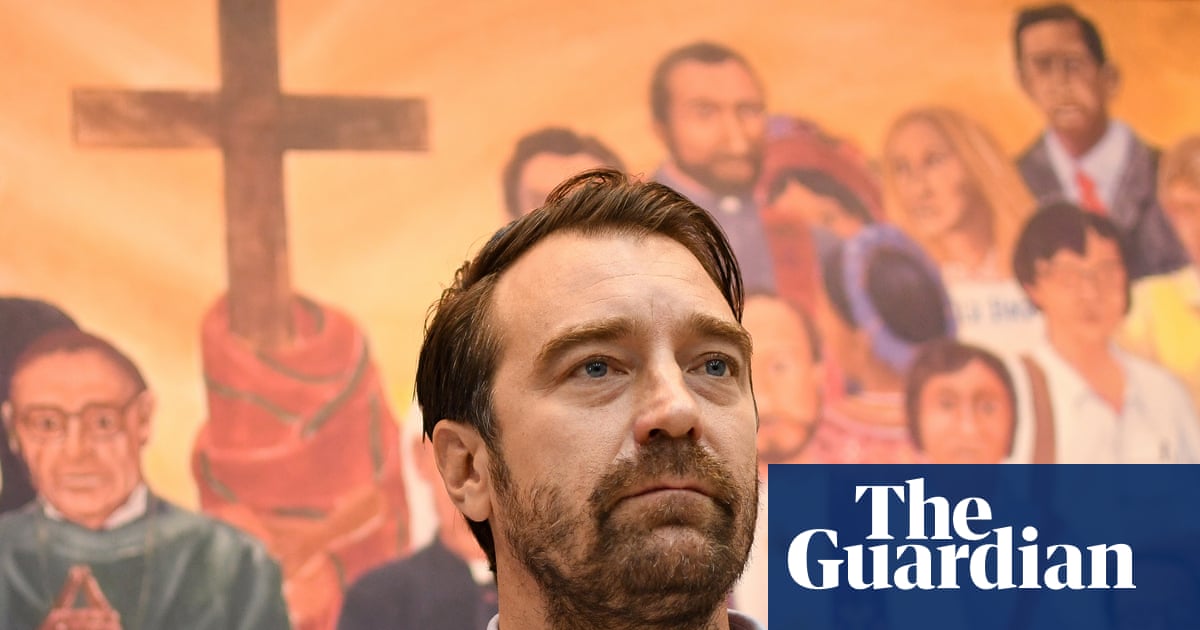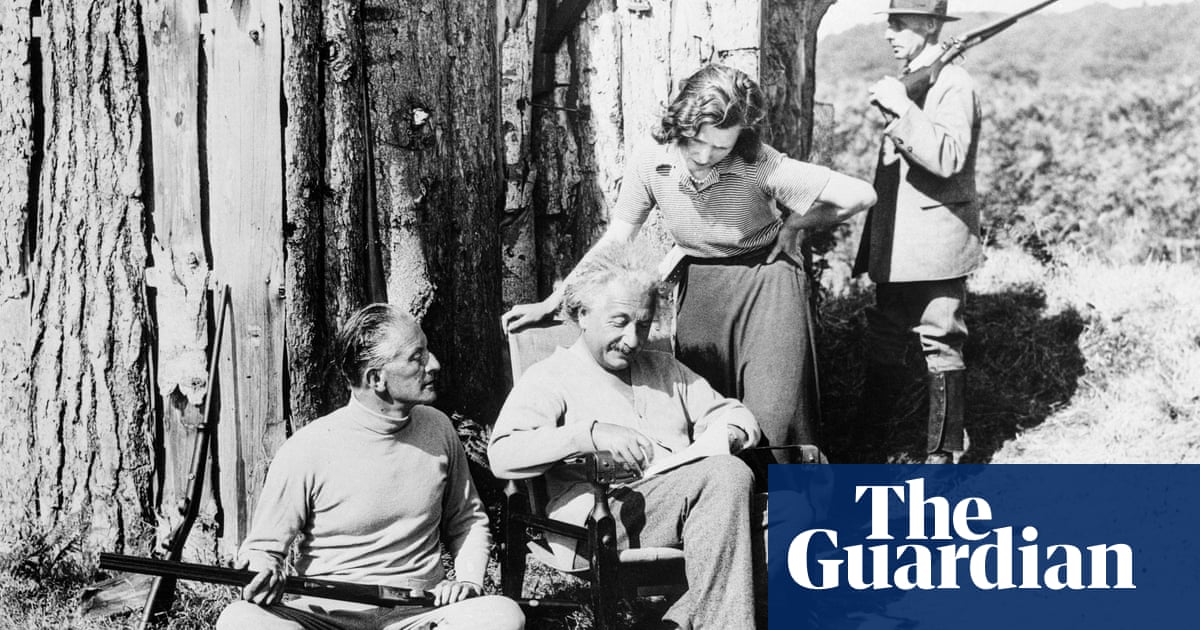The journey of Tex, a young grizzly bear that gripped public attention in Canada after swimming to a tiny populated island, came to a violent end this week after he was shot and killed without authorization, despite plans by Indigenous groups to relocate him.
The four-year-old bear’s landfall on 25 May on Texada Island, a tiny island off the west coast, set off a controversy between differing interpretations of how to treat wild predators. Its shooting on Tuesday has advocates calling for the British Columbia government to act faster when it comes to working with First Nations on environmental stewardship.
Provincial officials have long insisted Tex posed a danger to residents. Although there was no order to kill the animal, they said it had already “stalked” two people on the mainland before swimming to Texada, and had been moved once before. If the bear threatened public safety, they declared, conservation officers would need to respond.
Local First Nations communities offered weeks ago to rehome the bear to their territories. But some of the island’s 1,200 residents felt Tex should be euthanized instead, said Katrin Glenn, a longtime Texada resident and the creator of the “Save Tex” Facebook group.
“I’ve always said, Texada Island is not safe for him. And it’s not because of the land, it’s not because of anything but the people here,” she said.
“We knew there were people driving around with guns.”
The province’s conservation officer service said on Tuesday it was investigating the death on the island of a grizzly bear, which they confirmed had been shot.
Bear behaviour specialists said Tex was simply a young male bear gaining independence by exploring. Glenn said she saw Tex at the end of May around her farm perimeter. “He had followed my fence line very respectfully,” she said. “He was a very gentle bear.”
In June, several First Nations communities offered a strategy to relocate the bear, and a coordinated effort between the Shíshálh, Tla’amin and Homalco First Nations to relocate the bear to Homalco territory was under way when Tex was killed.
“We are deeply saddened by this outcome. Tex’s life mattered, and our Nations had come together in a good way to find a peaceful solution,” said Tla’amin Nation in a statement.
Wayne McCrory, a biologist, wrote to the province last month highlighting his support for a proposal by the Mamalilikulla First Nation to move Tex. The nation’s chief, John Powell, said on Wednesday he was devastated the bear was killed and angry the government was slow to listen to Indigenous communities. The CBC reported at the end of June that the three First Nations were still waiting for government officials to back their removal plan.
“I knew the writing was on the wall when there was resistance with the government,” Powell said, adding that “it really has to examine its approach to this situation, because this is not the last time this will happen.”
Randene Neill, the province’s minister of water, land and resource stewardship, said on Tuesday that authorities had been working in partnership with the First Nations to move Tex.
“The timing [of the bear’s death] is especially unfortunate,” Neill said.
But Nicholas Scapillati, head of the Grizzly Bear Foundation, said the tragedy of Tex’s death contained an important lesson for the province. “I hope his death wasn’t in vain and we do have a mechanism in place to take what can be actually learned from a situation like this,” he said.
Powell noted that British Columbia passed legislation in 2019 to align with the UN Declaration on the Rights of Indigenous Peoples, and said the Tex incident showed the government still had a long way to go when it comes to consulting with First Nations.
“I hope they examine this result objectively,” he said. “Their inaction was responsible for killing this bear.”

 4 hours ago
2
4 hours ago
2

















































